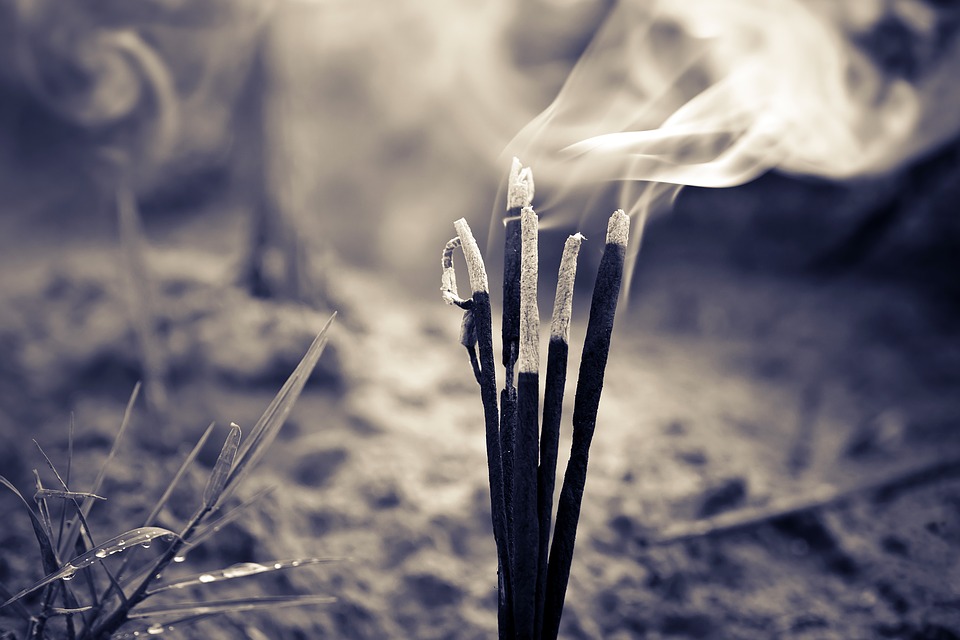
Incense is likely one of the most popular ‘tools’ in use amongst the metaphysical and spiritual crowd, and for good reason. The use of incense for religious and spiritual purposes dates back millenia, ranging from ancient Egypt, where the oldest incense burner currently in existence dates all the way back to the 5th dynasty, all the way over to the ancient Indus Civilisation (3300 BC to 1300 BC).
Of course, most people know about incense usage in the Middle East, thanks to the Biblical story of the Three Magi, one of whom brought frankincense for the infant Christ, since they viewed his birth as one of great importance. In addition, both the Roman Catholic and Greek & Russian Orthodox churches are well-known for their use of incense, though what they often purchase is loose bits, used in a thurible.
Additionally, you might have also seen incense used in various movies from Asia, whether it’s from the Indian subcontinent, China, Japan, or other countries in that part of the world. China, in particular, has an especially long history of incense usage, starting in Neolithic times and moving on upward, with usage picking up in the Xia, Shang and Zhou dynasties, and then spreading to other countries.
Incense in Modern Times
While incense is often used in ceremonies across a variety of religions, it’s also become quite popular for simple meditation and aromatherapy practises, with or without any specific religious affiliation on the part of the one using the incense. Others simply use certain incense scents to create a specific mood for a specific situation, or for general good vibes throughout the day.
If you have strong spiritual leanings and intentions, however, it can be helpful to know which incense aromas work best for the intentions you have. Some examples might be:
Sandalwood/Nag champa. This is a classic woodsy/spicy scent combination found in both stick and cone form, and it’s most commonly used for meditation, though if you specifically look for sandalwood by itself, without the other scents included in ‘Nag Champa,’ it’s commonly thought of as a sensual aroma, and good for romantic evenings with your beloved.
Dragon’s Blood. Like Nag Champa, this has a particularly intense scent, but it’s used more for purification intentions than strictly meditative, since the scent is quite powerful. It’s a good scent for those who prefer something more ‘floral’ than ‘spicy’, but still love an intense aroma.
Frankincense. This is the incense aroma for you this holiday season if you wish to invoke the mystical aura of the 3 Magi, who were, for all intents and purposes, Persian astronomers and astrologers who took the sign of the star as an auspicious symbol of someone ‘royal’ being born. Fill your home with the mystique of frankincense and feel your spirits lift even higher this Christmas. You can find it in stick form (aka ‘direct combustion’ incense) at zenspiritual.com if you can’t quite find an indirect-burning style (usually used with charcoal briquettes and a thurible) at an affordable price.
Lavender. Lavender is always a classic aromatherapy favourite for those who love this soft, calming floral scent any time of year, but particularly prefer it over the stronger scents listed above. Because lavender does so well at calming anxiety and easing depression, it’s perfect for grounded mental serenity during the holiday season if you know that a visit with troublesome relatives is unavoidable.
Zenspiritual.com has a wide variety of incense aromas, styles and accessories (including charcoal briquettes), so you are truly spoilt for choice when it comes down to choosing what will work for you and your aromatherapy, relaxation and other spiritual needs.
